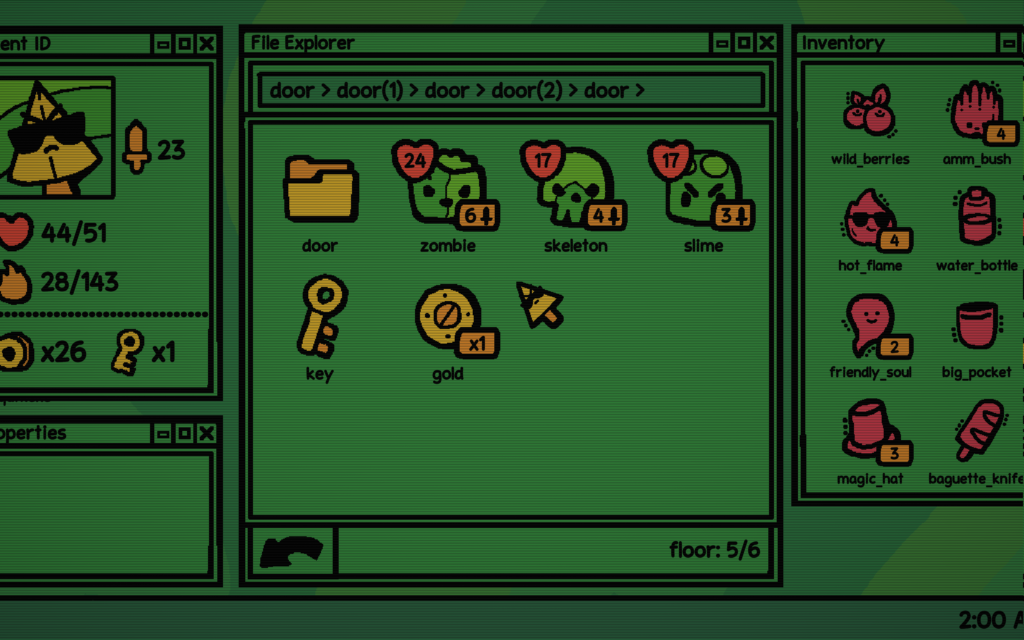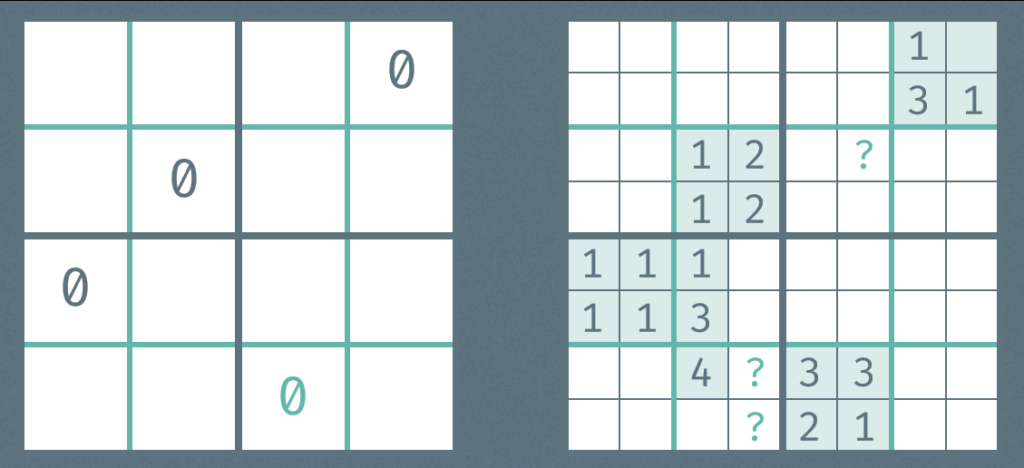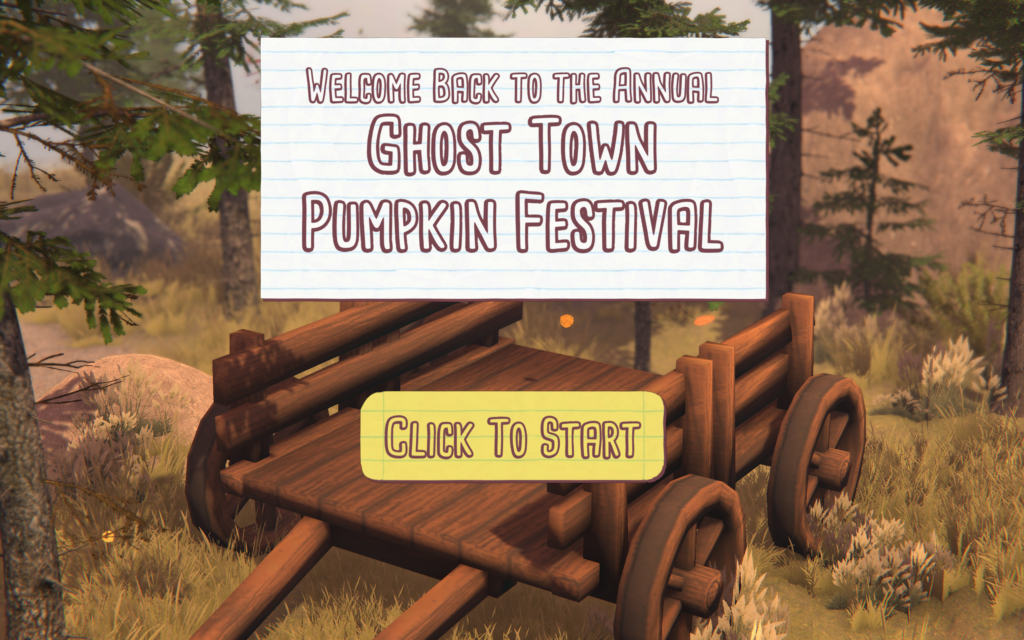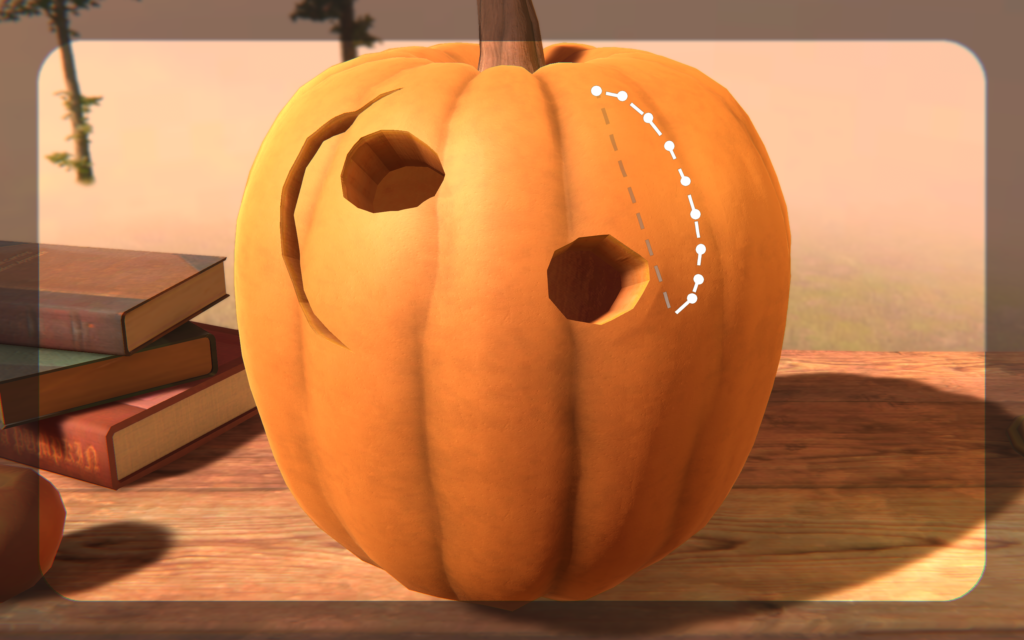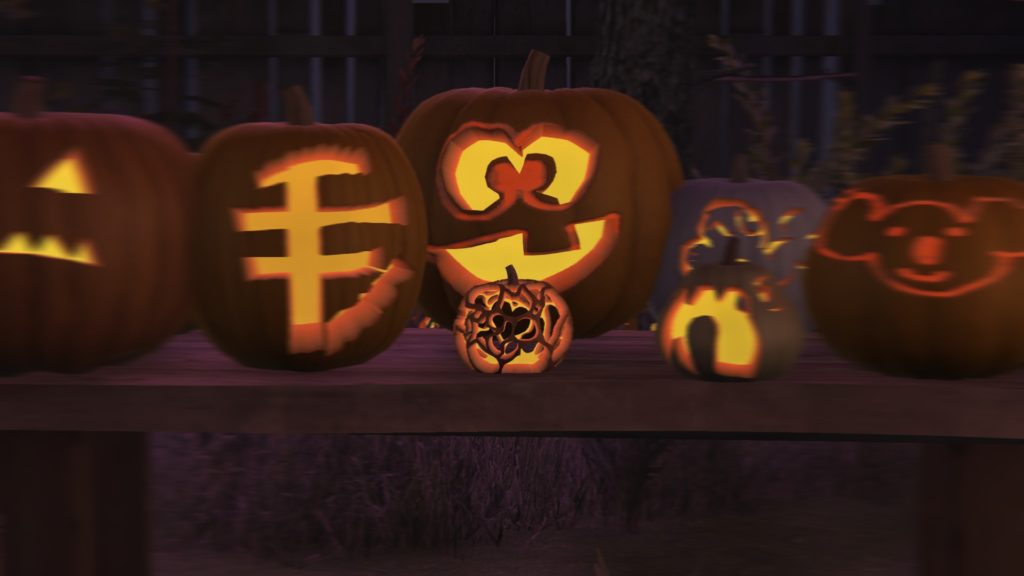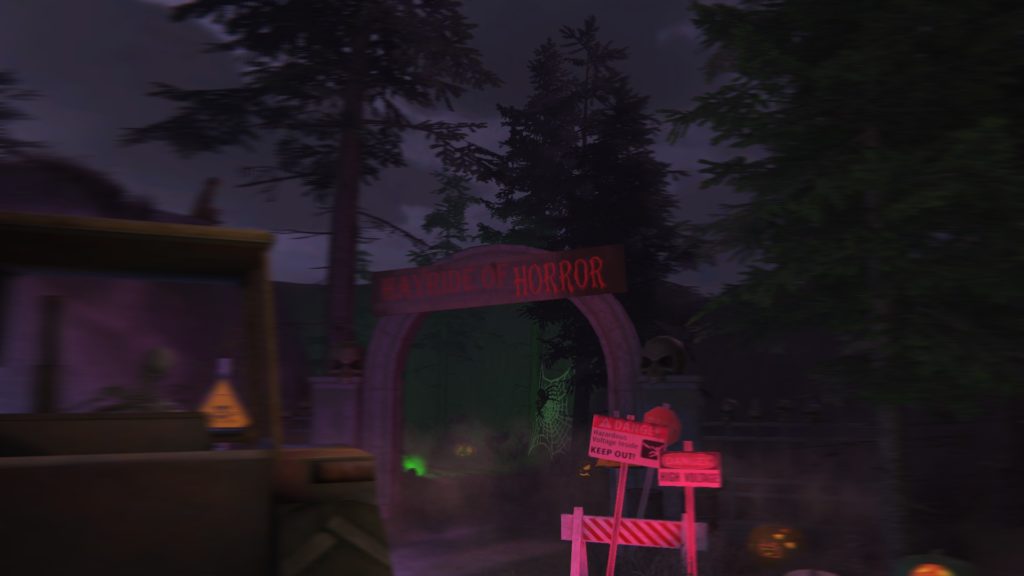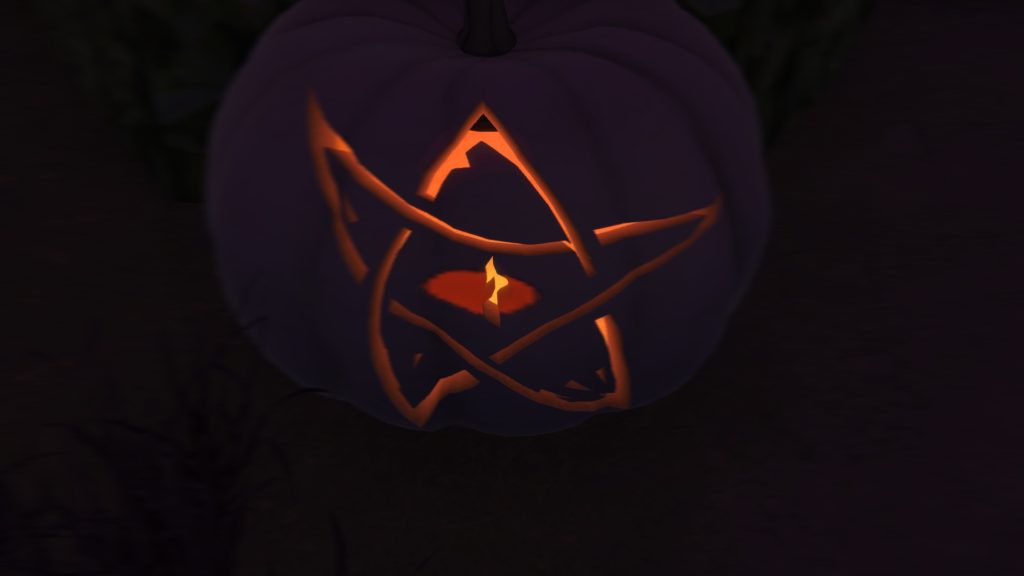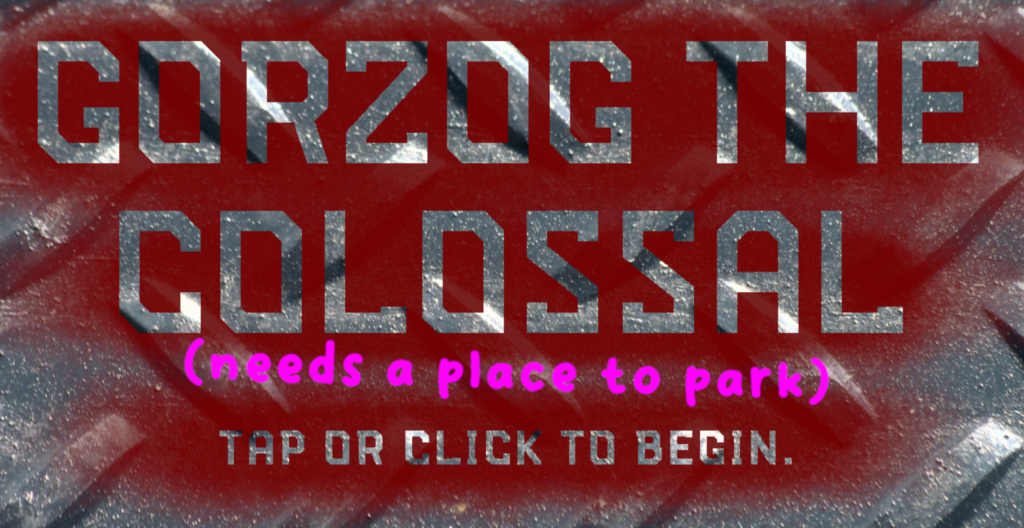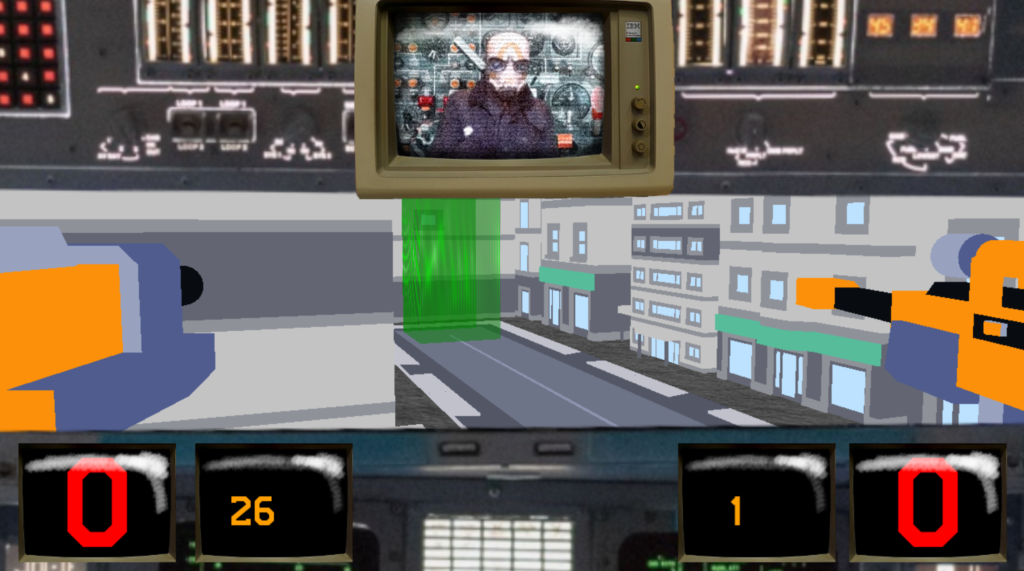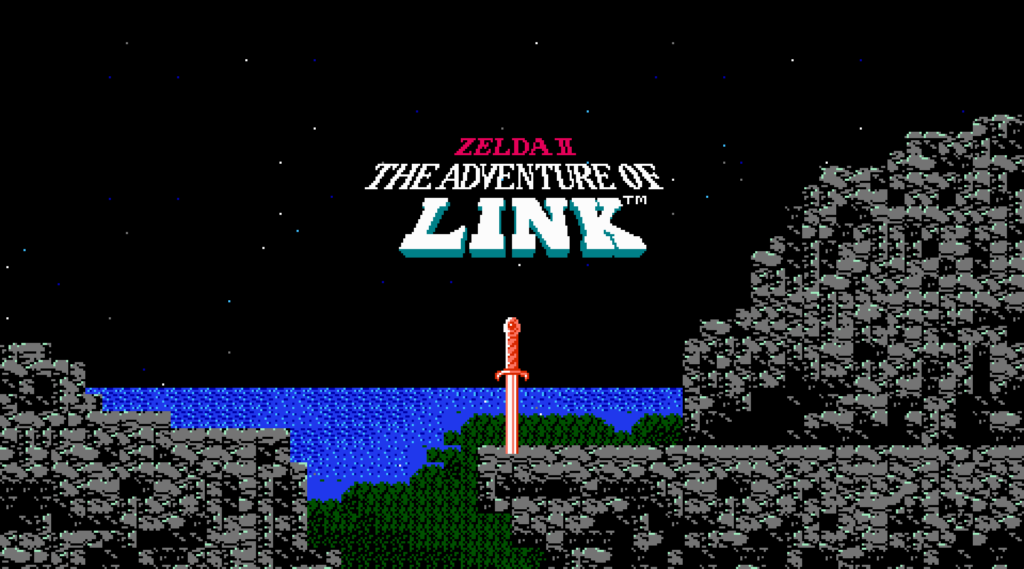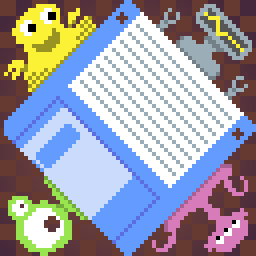
We love it when we find weird and unique indie games to tell you all about! Our alien friends to the left herald these occasions.
EDIT: there was a WordPress display glitch that was causing images to overlap the text. I’ve changed the formatting a bit to keep it readable.
There’s hundreds of new games released every day, and there’s no way to can even find out what they all are, let alone try all of them. So there’s an inescapable element of randomness to what meets my eyes, and thus to what I bring to you. It’s useless to ask, “Why did you link to that silly little trifile when Important Game by Known Developer goes without remark?” Our finds are always going to be kind of idiosyncratic.
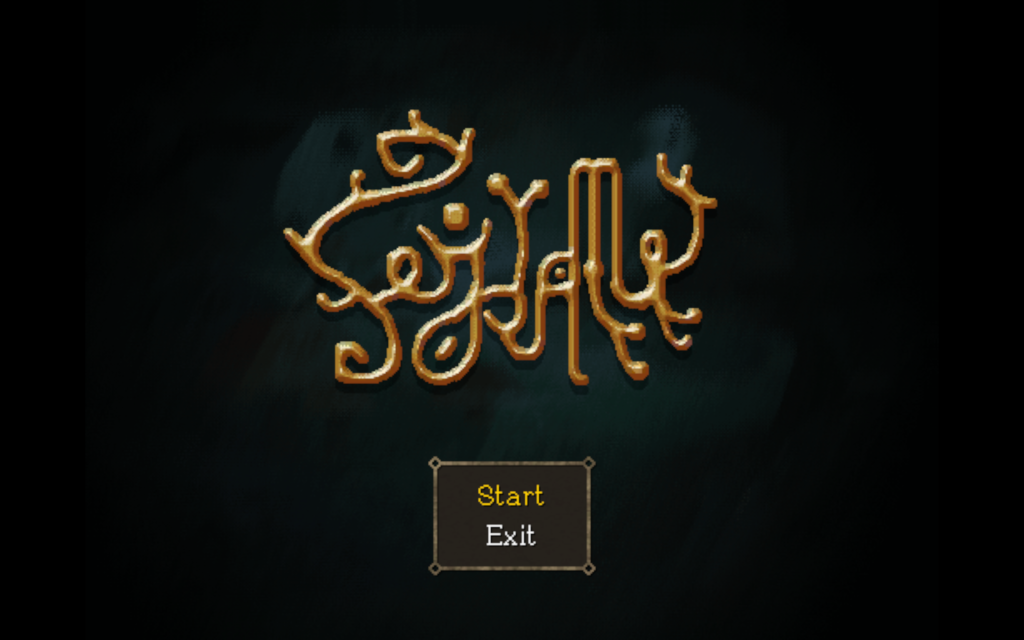
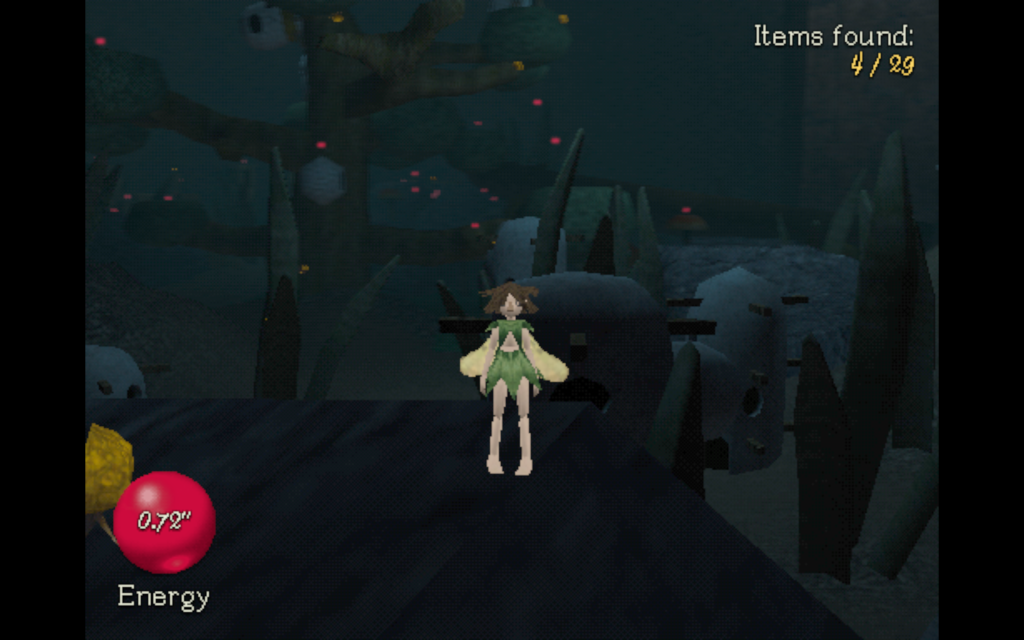
So it is with this one, Feydome, a slight but fun game made in two weeks for a game jam. It’s a laid-back 3D exploratory experience where you’re a barely-garbed, at first, fairy, searching an eerie abandoned village for clothes to wear. Movement is by WASD, with the Q and E, or else the left and right arrows, rotating the camera. Yes, it’s an exploratory dress-up game!
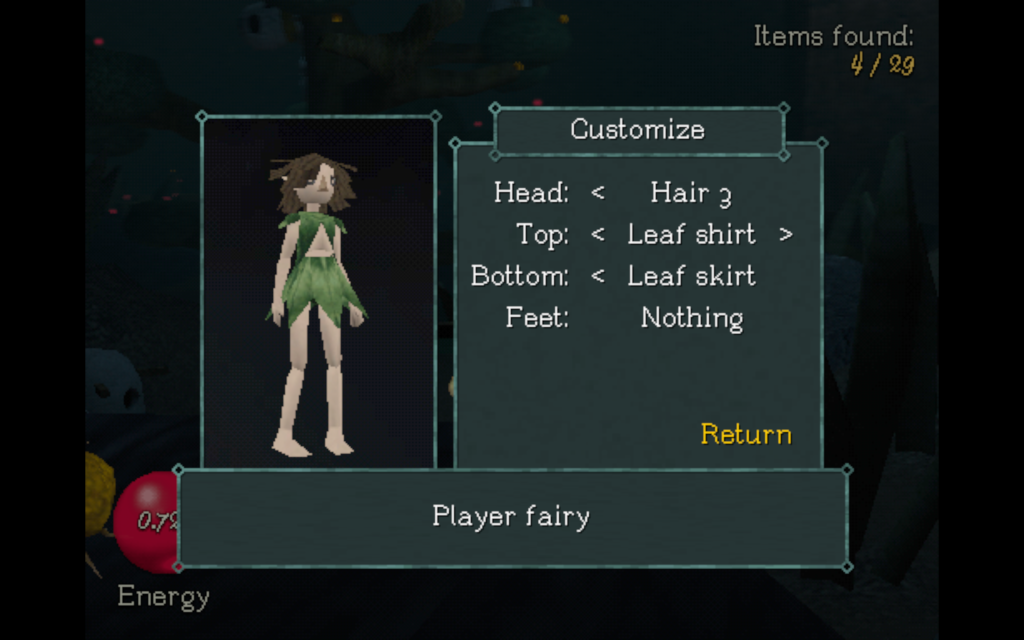
At the start your fairy is weak and can barely fly at all. You find glowing orbs that each grant a tiny bit more wing stamina, but never enough that you can fly indefinitely. Each orb very slightly extends the amount of flight time, by around one or two frames. So you’re always tied to the ground, but there are a lot of orbs to find, and that extra time adds up.
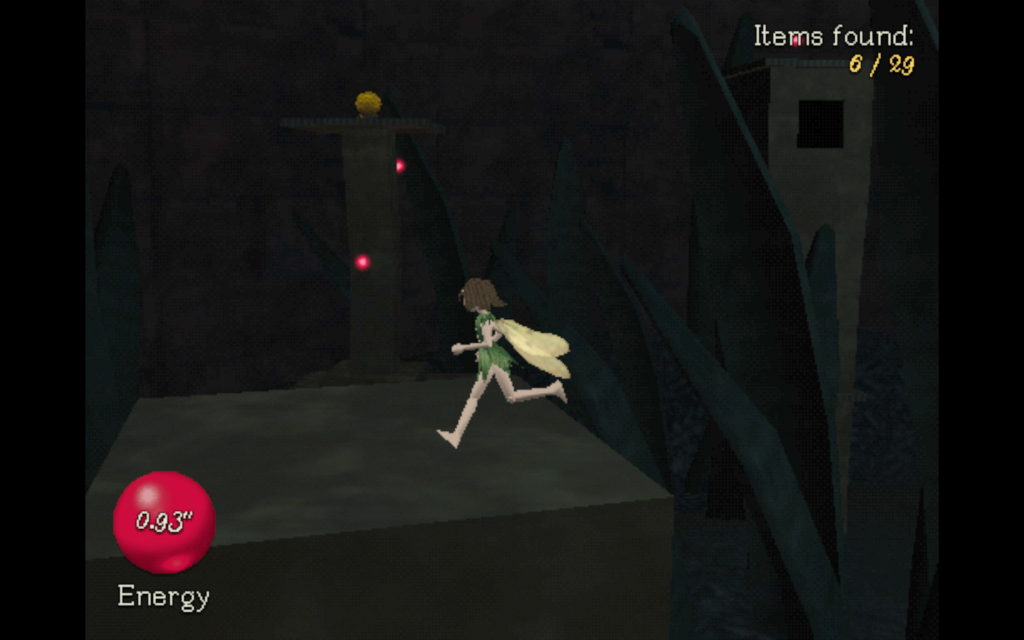
The fairy can glide if you hold the fly button down, even when out of energy, and if you keep tapping the space bar you can glide much further, which is a huge help. It helps to devote one hand to this, while using the other to move forward.
While you can rotate the camera, you can’t adjust the angle vertically, so you can’t look above or below, and there is no mouselook. The developer says that an expanded version is being made, maybe these control oversights will be addressed in that.
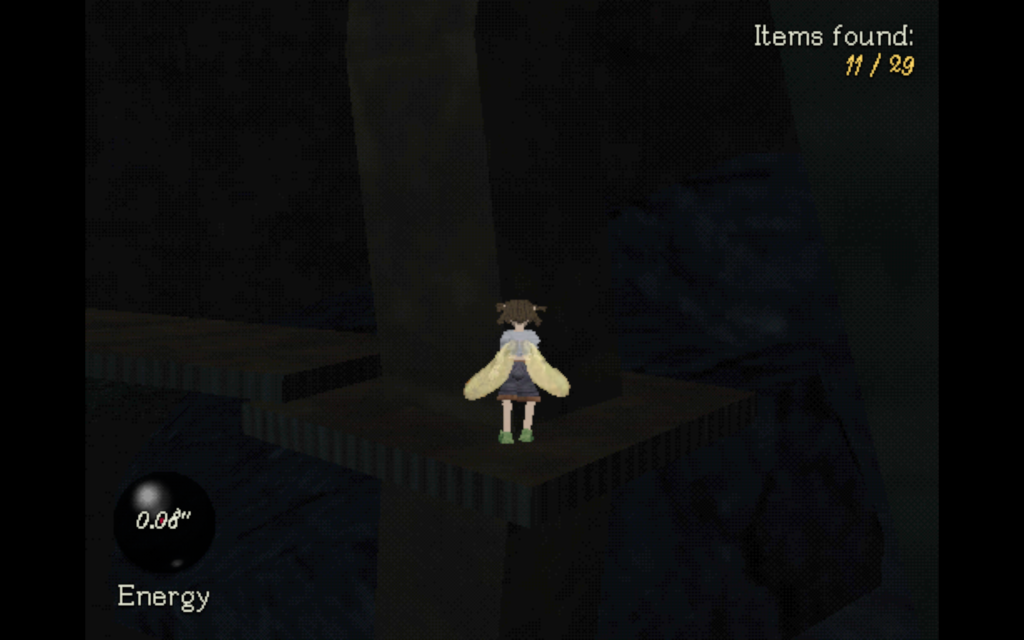
The pieces of clothing, 29 in all, are in weird chattering spheres that are stuck all over to the walls, floors and ceilings. When collected, a sphere stops chattering, which is of great help in tracking down the last few. Clothes go into your Customize Menu. You start out with just a Tied Fiber top and Leaf Panties bottom, but each item you find helps to make your wee friend more presentable in polite society (if there were any in this game).
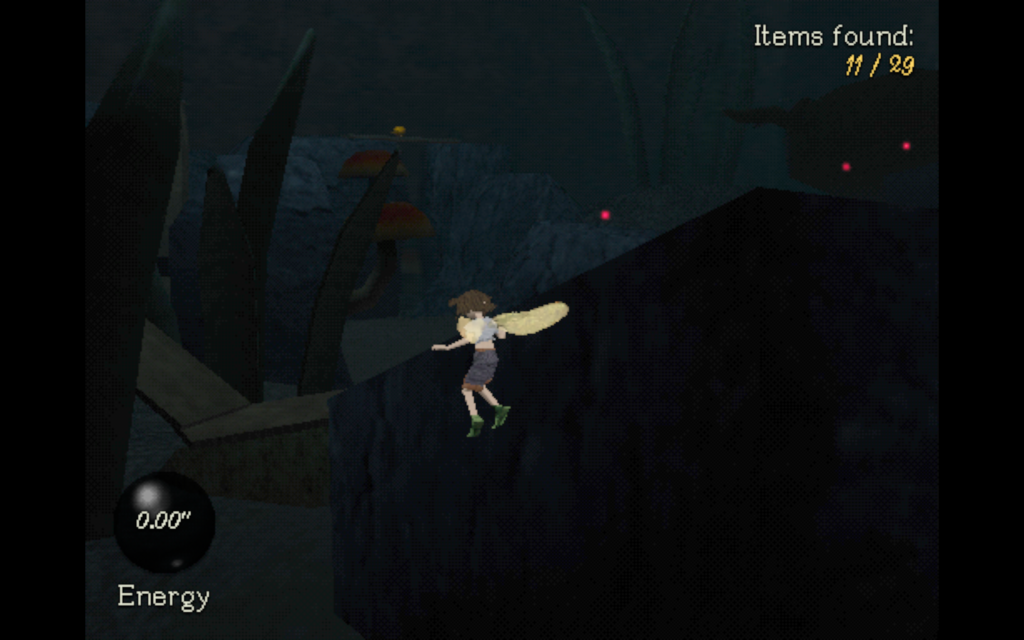
There are no enemies, and no moving objects besides the fairy. While it’s difficult to get around at first, it’s surprising how even an extra half second of flight time expands their horizons. Mind you, there is no reward for finding all of the clothing. There is no ending; the journey is entirely the point with Feydome. You’re left alone in the abandoned world, you and your wardrobe, until you exit the game. There’s no save function either, but the game’s so short that it can be finished in one sitting anyway. Maybe 40 minutes in all, if you focus on finding everything.
But it’s fun to explore! It’s a satisfying gameplay loop, finding orbs, using the extended flight time to find yet more orbs, and punctuating the process with occasional new clothes. I’m sure this kind of gameplay has been done before, but this is a neat example of it, and it doesn’t cost anything to try.
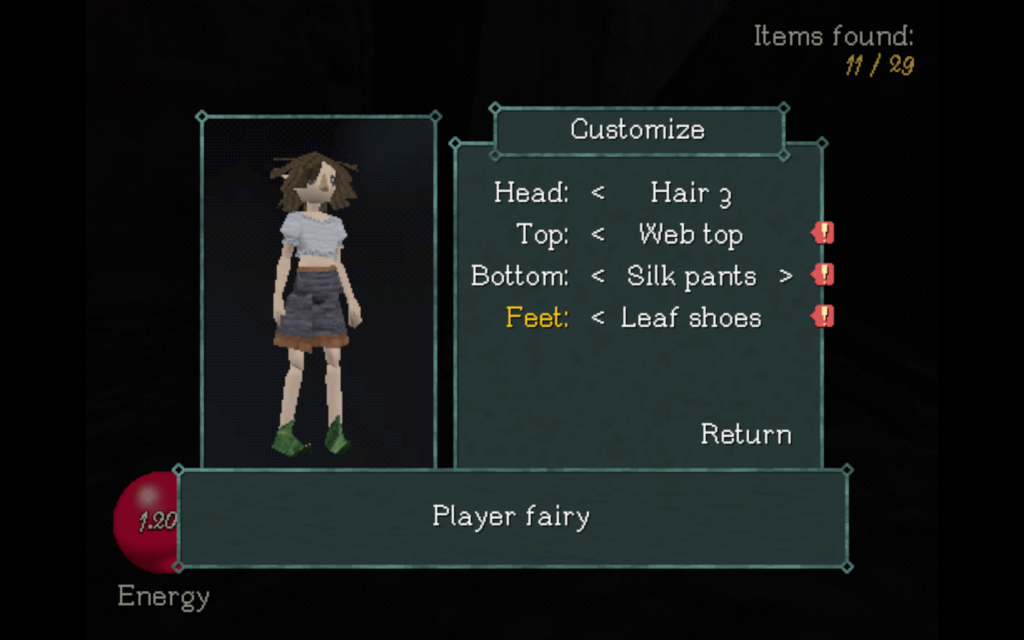
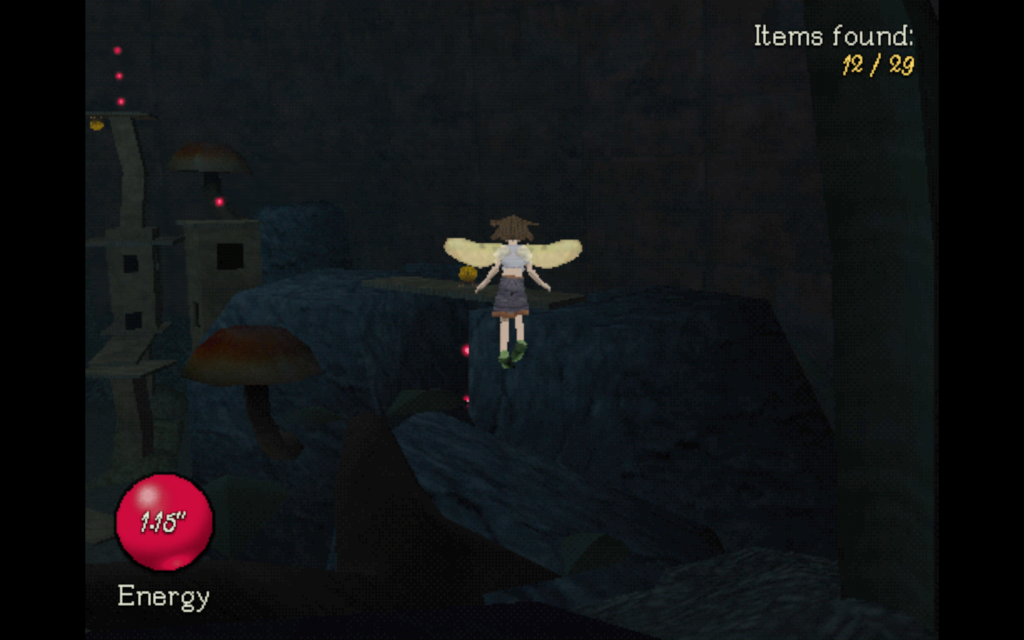
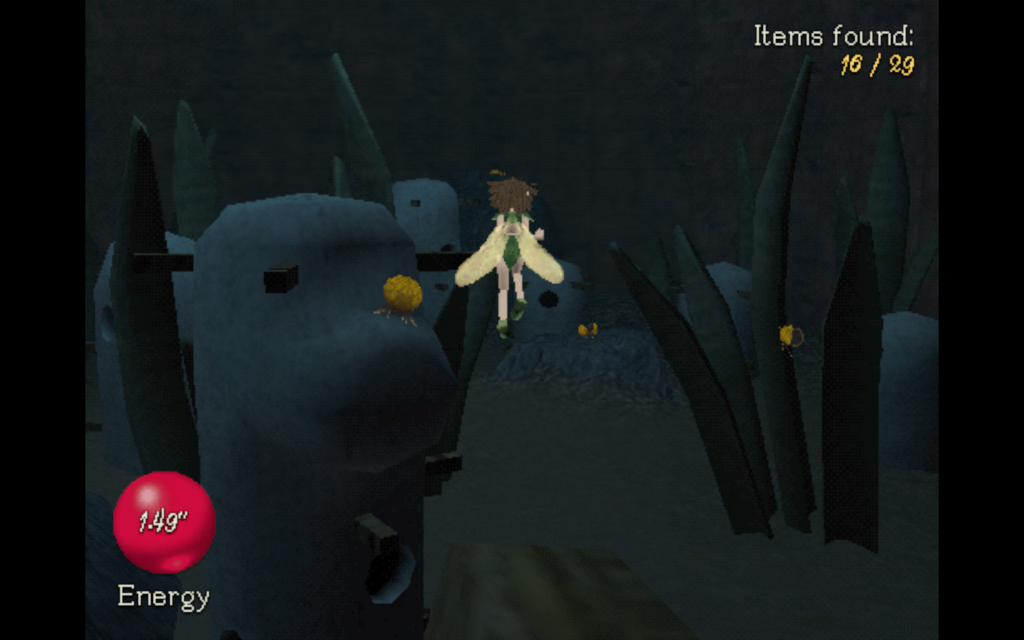
Feydome (itch.io, $0)

